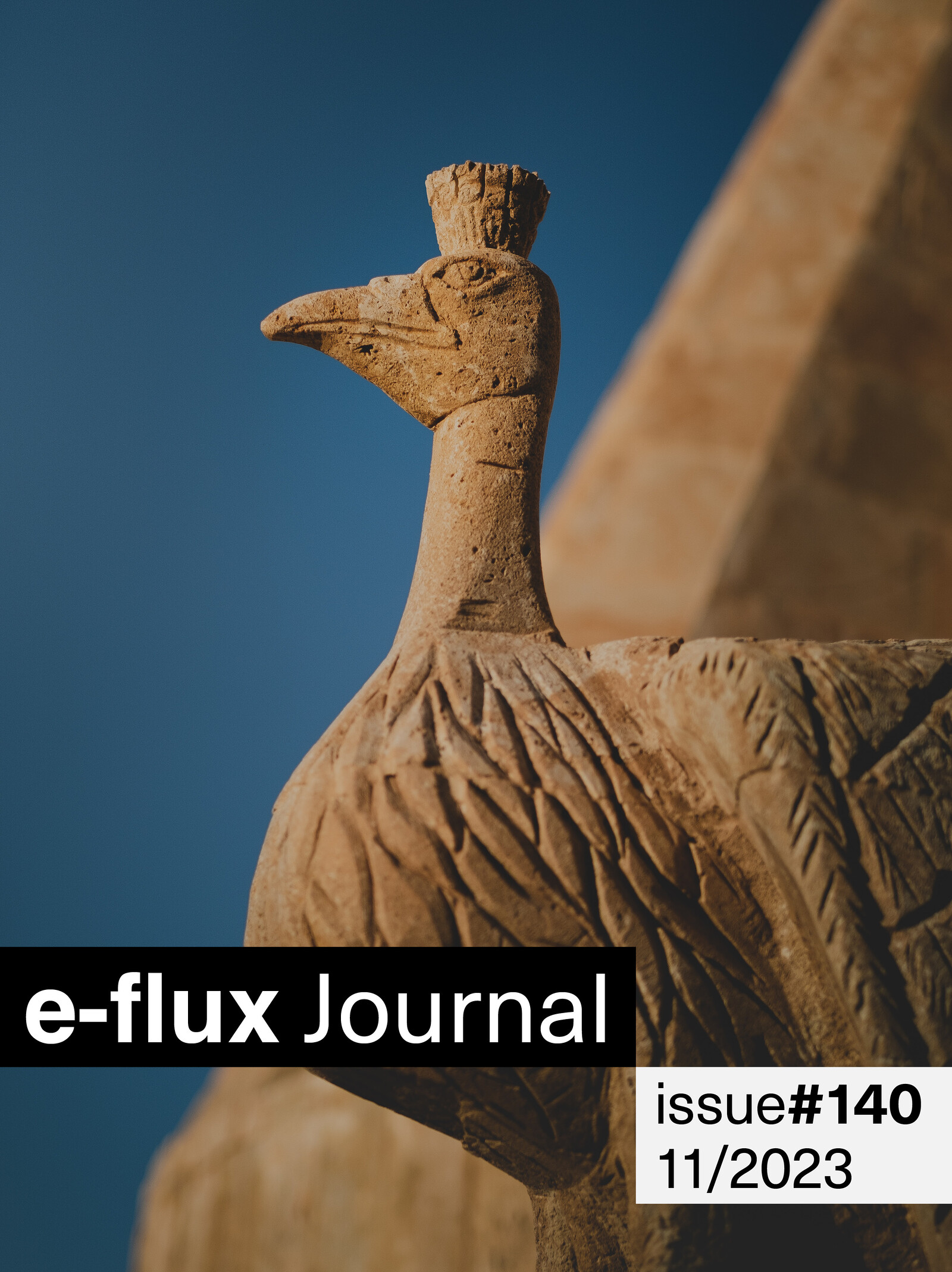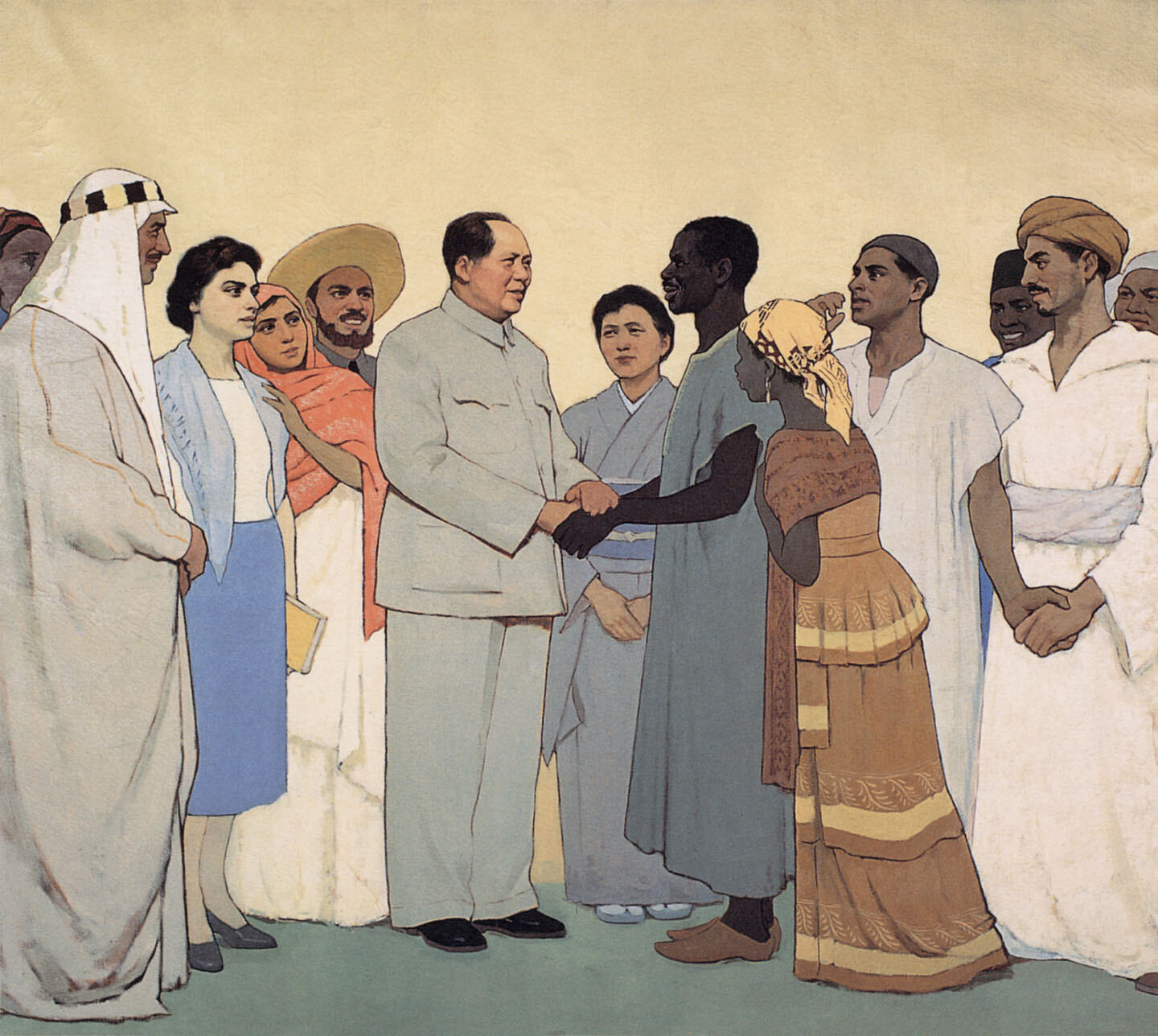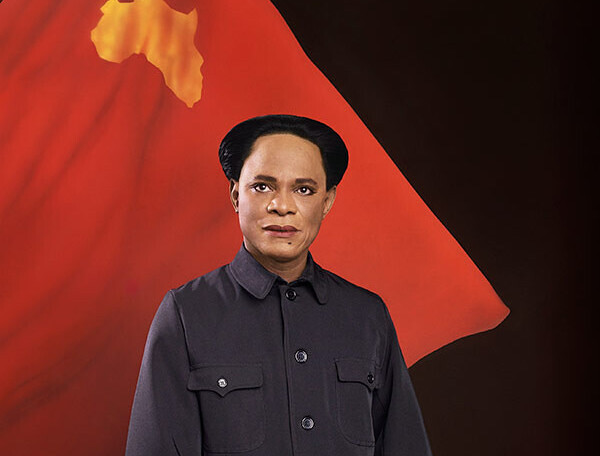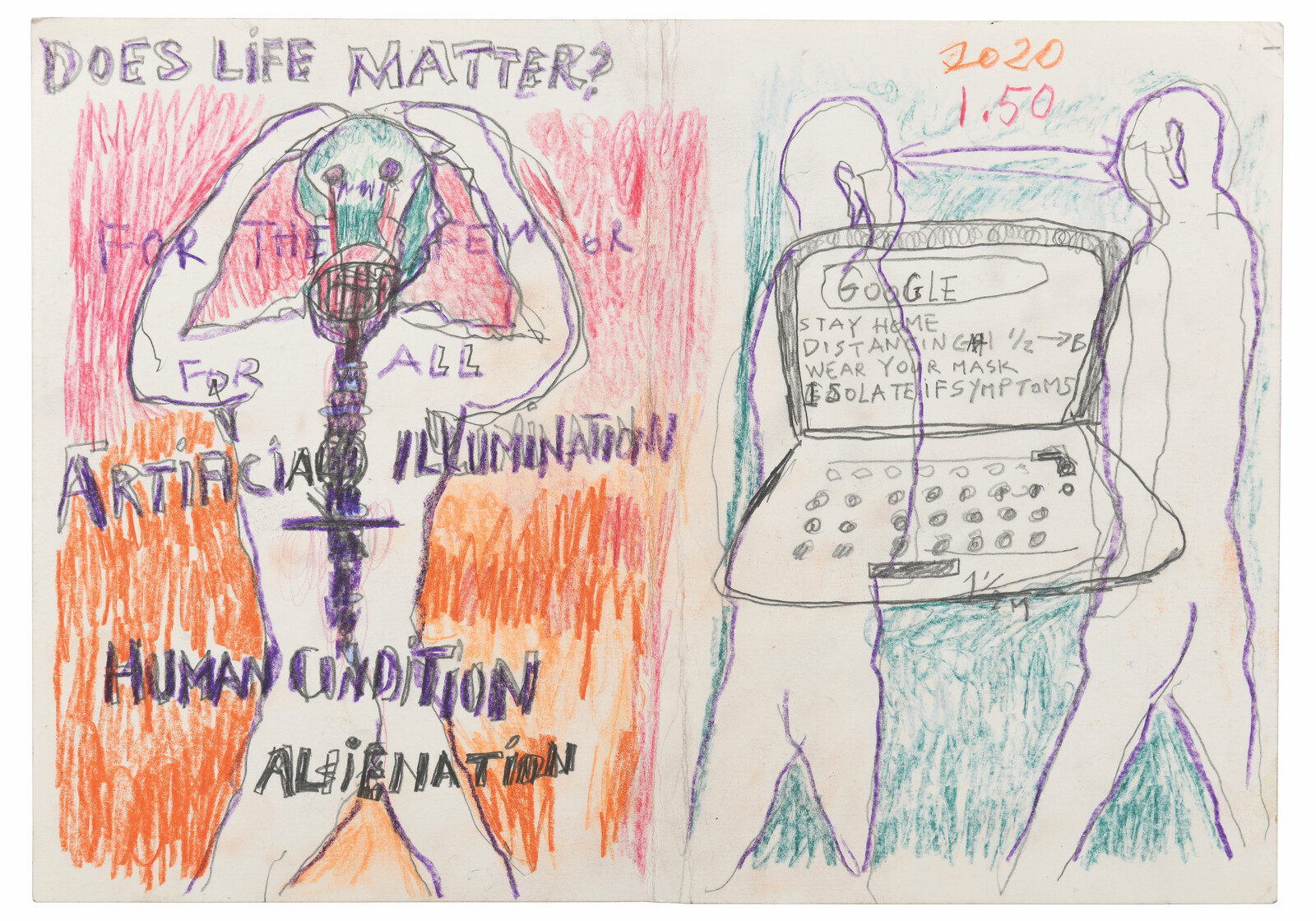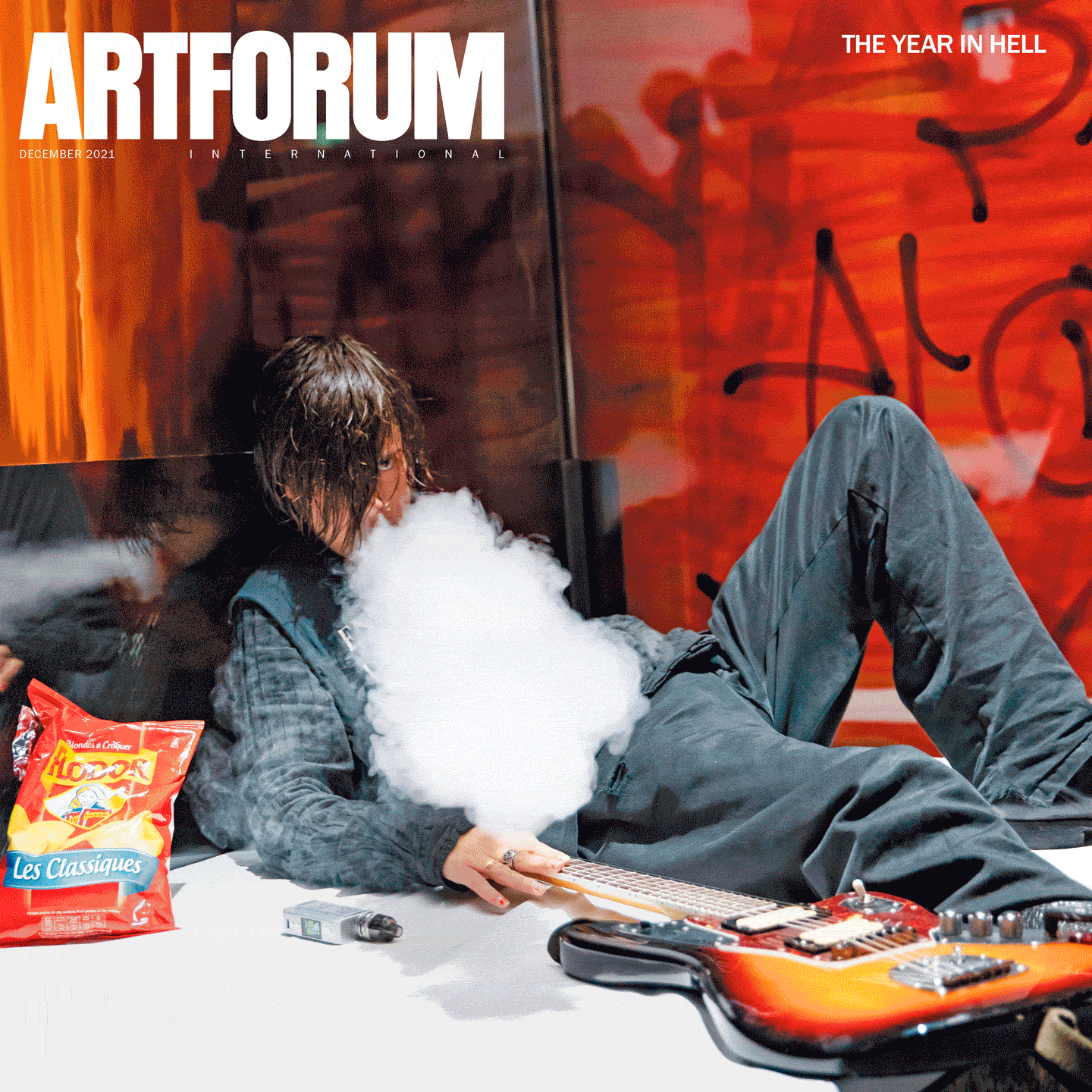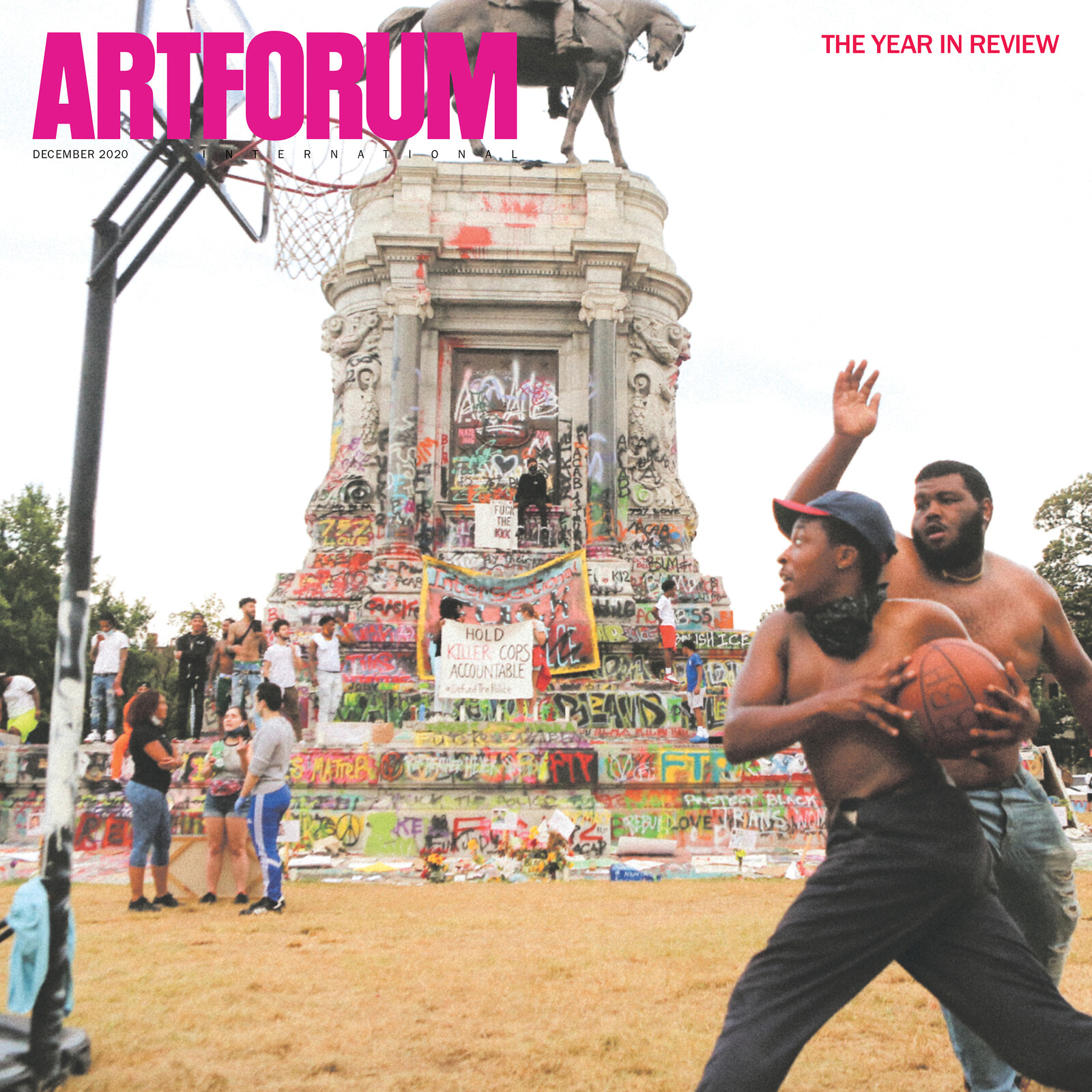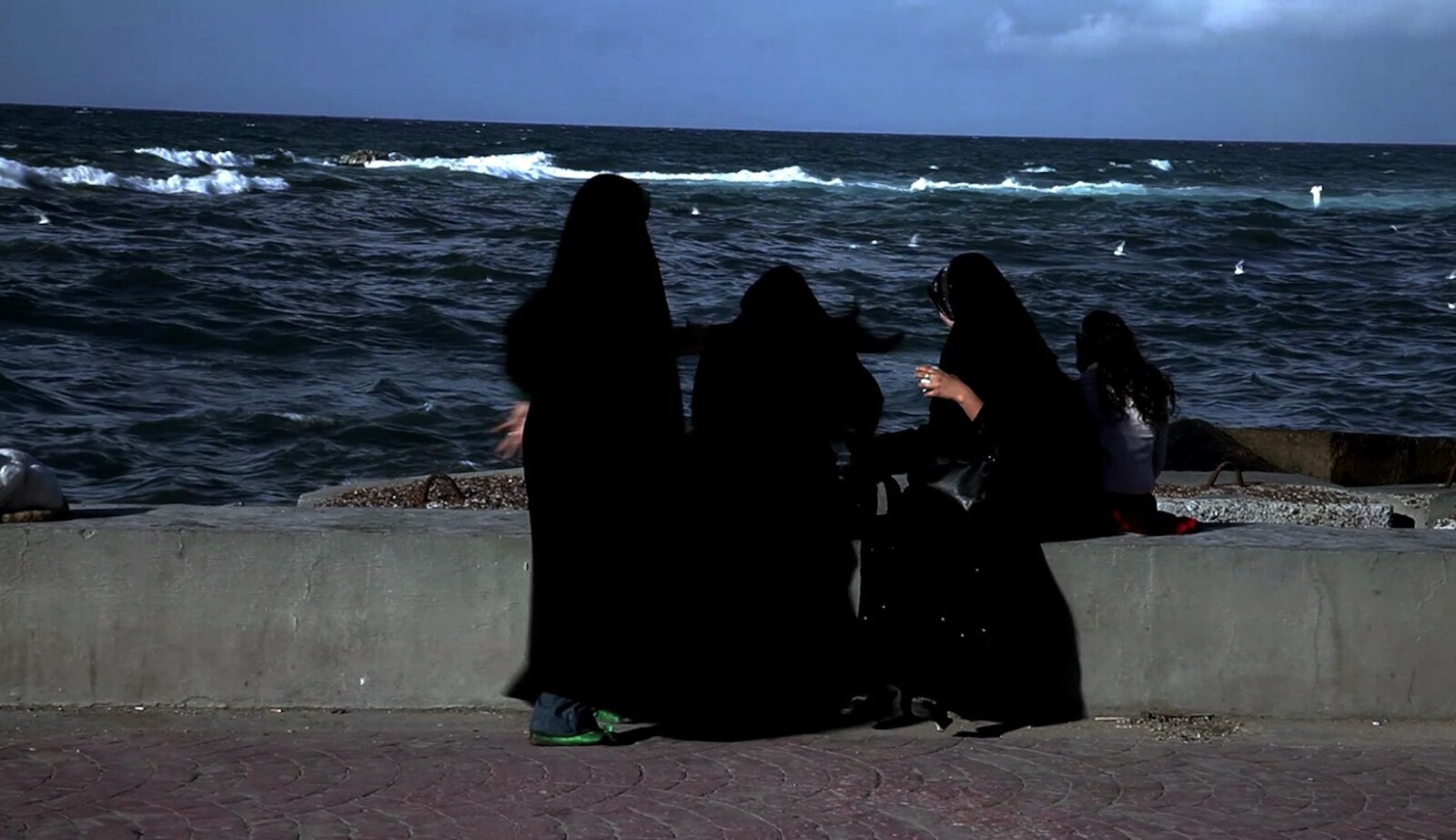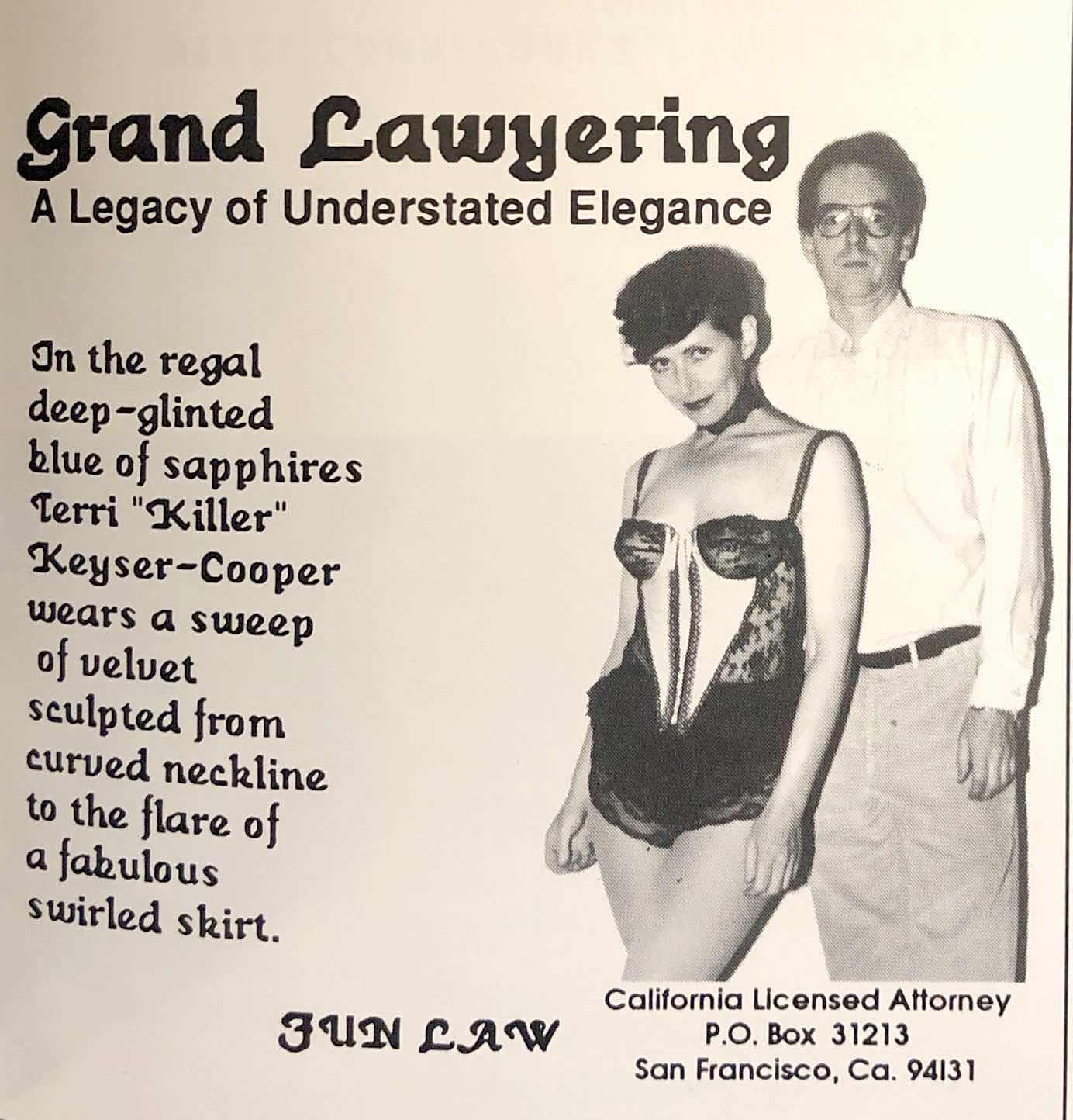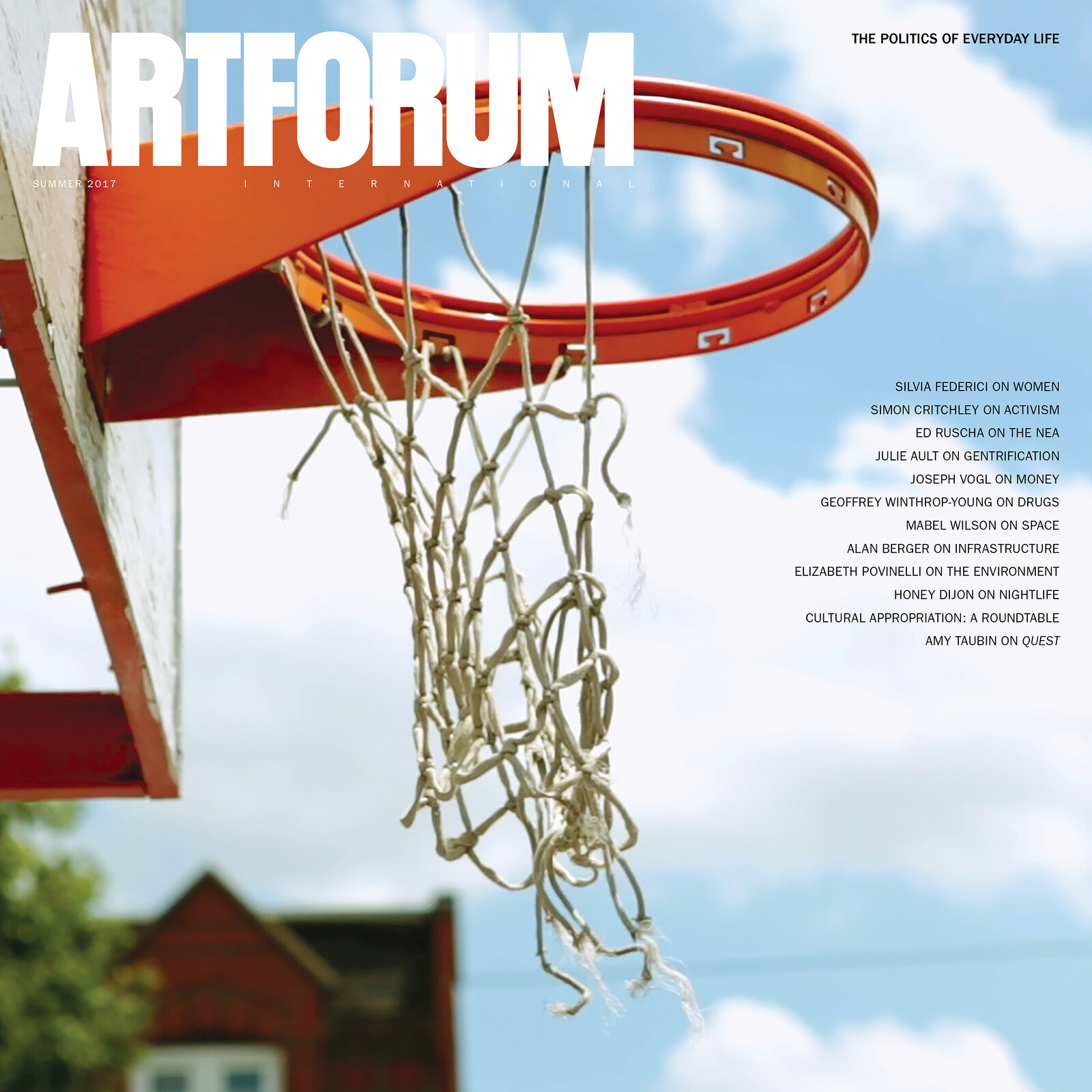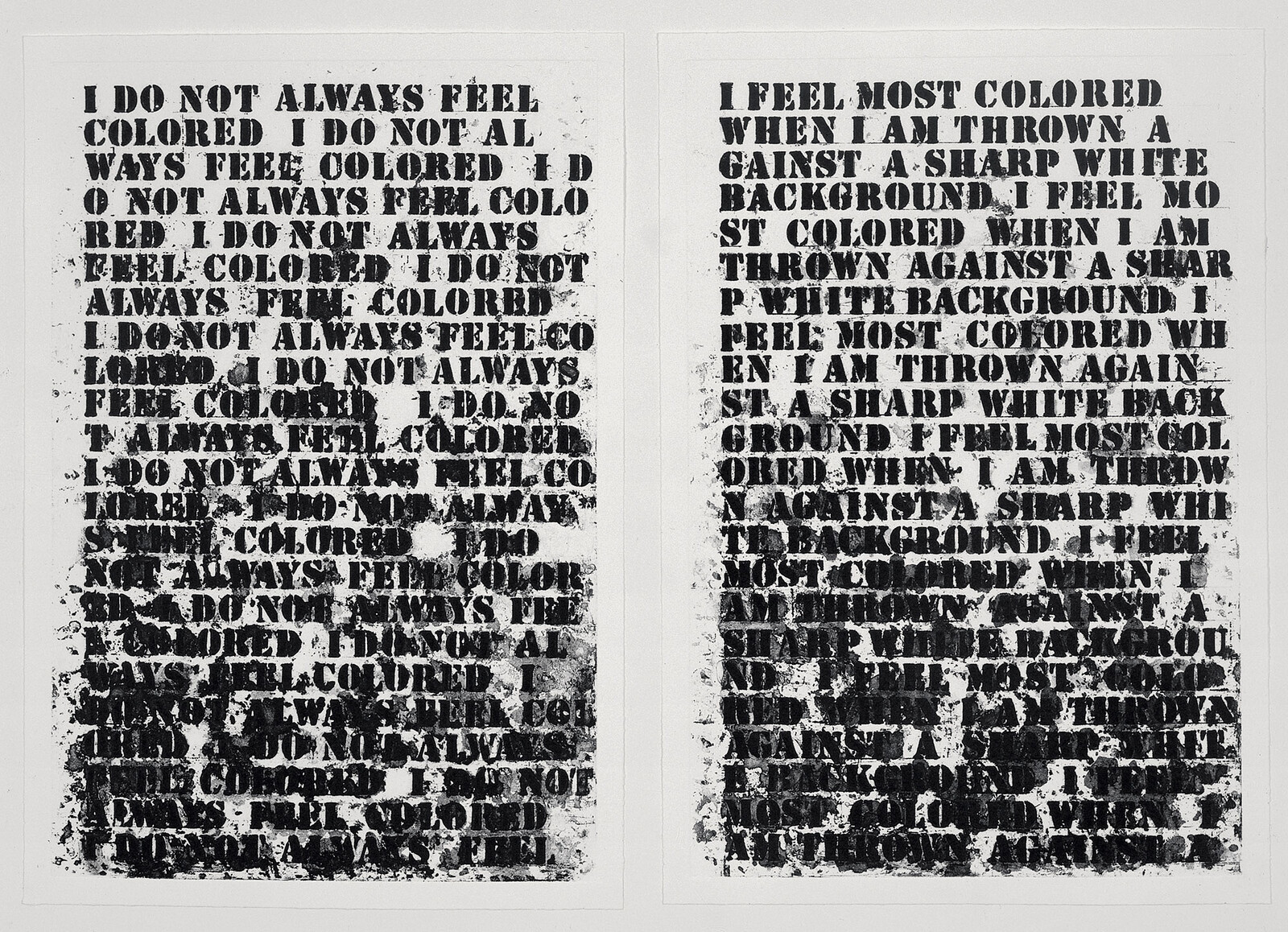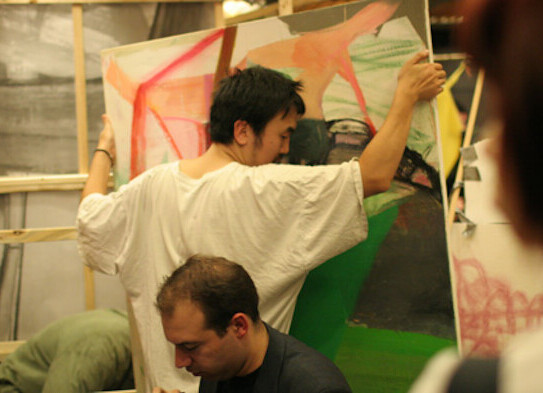Joan Kee Read Bio Collapse
Joan Kee is Professor in the History of Art at the University of Michigan and an occasional public interest lawyer in Detroit. Kee’s books include Contemporary Korean Art: Tansaekhwa and the Urgency of Method (2013), Models of Integrity: Art and Law in Post Sixties America (2019) and The Geometries of Afro Asia: Art Beyond Solidarity, released this April.
Thinking of Afro Asia in connection with the language of Black Power has me thinking more intently about what we can draw from the distinctions between sovereignty, self-determination, and another core Black Power term, self-defense. It has us consider sovereignty as quite distinct from autonomy; sovereignty itself is a refusal to surrender one’s humanity or claims to that which enable that humanity.
Joan Kee and Serubiri Moses: Mao and Afro-Asia in Context
“How can we talk about private events,” Gonzalez-Torres asked, “when our bodies have been legislated by the state? We can perhaps talk about private property.” Among the most pervasive idioms for describing Americannness, private property held further implications for artists whose national and ethnic origin, racial background, and sexual orientation compromised their acceptance as Americans. As one of the few domains where cooperation occurred regardless of political preference or personal identity, the market held untapped potential as a political site. Deeply aware of how precarious life was for an openly gay, nonwhite artist living with AIDS, yet adamantly unwilling to capitalize upon his identity by wearing a metaphorical “grass skirt,” Gonzalez-Torres stated it was “more threatening” that “people like me operate as part of the market.” Through certificates that embodied rather than represented ownership by metabolizing elements of copyright and contract, he navigated market conditions and art-world protocol. Eventually shifting his works away from the metrics of supply, Gonzalez-Torres recast them as dynamic sources of doubt according to the legal frameworks to which he and they were unavoidably subject.
Sites of Construction
Chiara Ianeselli
